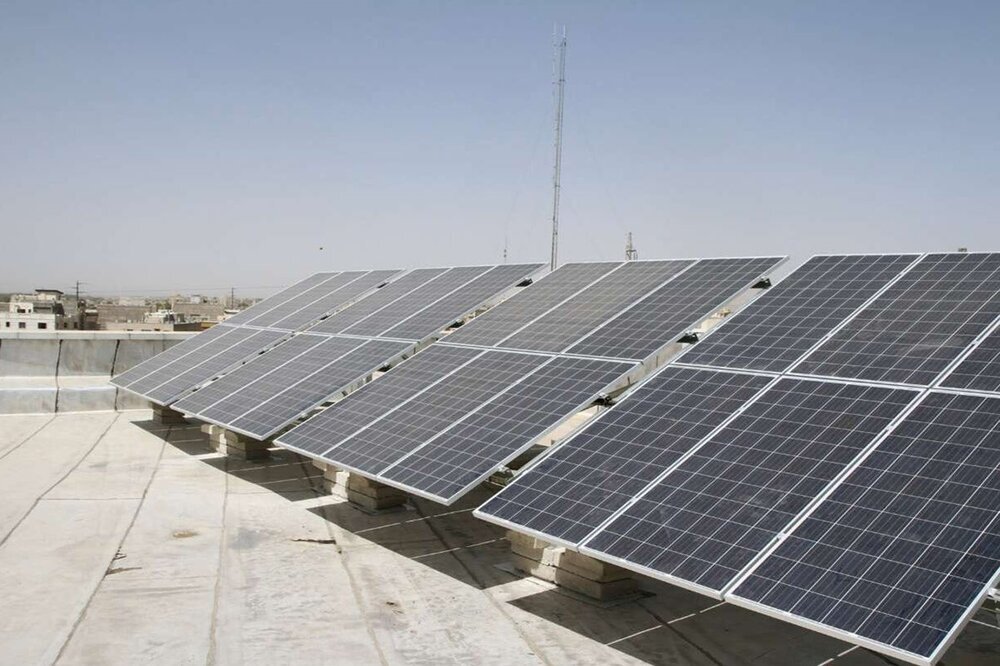Iranian households install 4,500 rooftop PV stations

TEHRAN – The spokesman of Iran’s Renewable Energy and Energy Efficiency Organization (known as SATBA) said Iranian households across the country have so far installed 4,500 rooftop photovoltaic stations (PV stations) with a total capacity of 71 kilowatt-hours (KWh).
According to Jafar Mohammadnejad Sigaroudi, Kerman, Khorasan Razavi, Isfahan, Fars, and Yazd provinces have the biggest number of installed solar stations, respectively, IRIB reported.
He noted that the surplus electricity generated by these units will be purchased by the government at a guaranteed price.
The official said those who wish to install such solar power stations should pay for the equipment and installation services themselves and then the government will guarantee the purchase of their generated electricity.
“At present, the capital required to install each kilowatt-hour capacity of such PV stations is 140 million rials (about $3,300), which has doubled compared to the Iranian calendar year 1395 (ended in March 2017)” Mohammadnejad said.
According to SATBA’s Head Mohammad Satakin, the number of small-scale solar power plants across the country which are used by households or small industries is increasing noticeably as Iranian households and small industries are embracing the new technology with open arms and investors also seem eager for more contribution in this area.
The capacity of Iran's renewable power plants currently exceeds 920 megawatts (MW) among which solar power plants with the generation of 429.79 MW in the said month had the biggest share of electricity production.
Wind power plants with 308.74 MW of electricity production stood in second place.
Renewables, including hydropower, account for about seven percent of the country’s total energy generation, versus natural gas’s 90 percent share.
Overall, in the next four years, Iran is aiming for a 5,000 MW increase in renewable capacity to meet growing domestic demand and expand its presence in the regional electricity market.
EF/MA

Leave a Comment